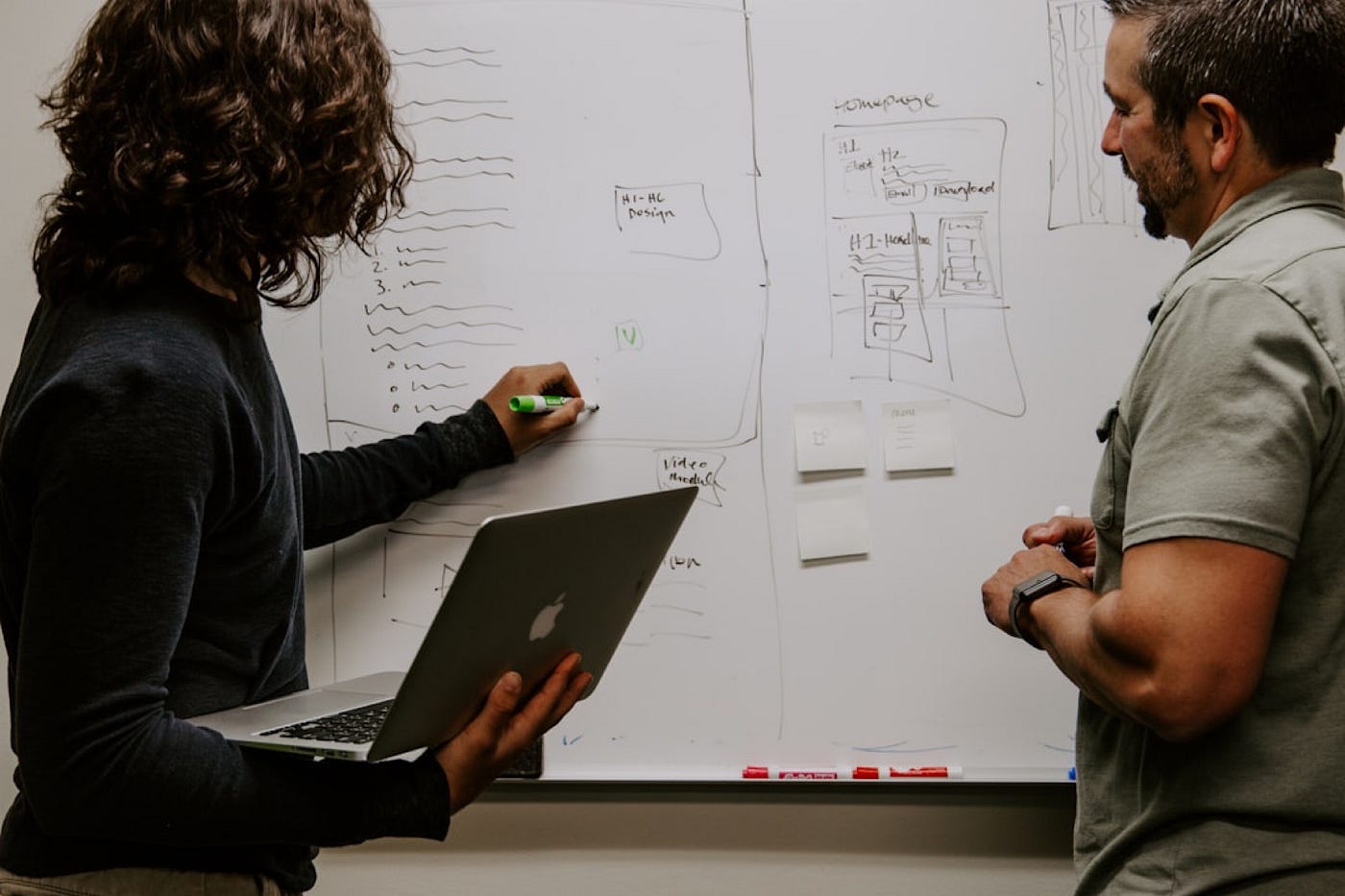
Why the Success of Smart City Projects Depends on People and Talent
May 3rd, 2024 Posted by favoriotadmin BLOG 0 thoughts on “Why the Success of Smart City Projects Depends on People and Talent”The buzz around smart cities often highlights groundbreaking technologies, substantial funding, and strategic plans.
Yet, through my experiences and observations in this field, I’ve come to understand a profound truth — the people and their talent truly drive the success of smart cities.
Despite the pivotal roles of funding and strategic planning, without the right individuals at the helm, the most meticulously crafted blueprints for smart cities remain inert ideas on paper.
Let me share why I firmly believe that people and talent stand at the core of transforming any city into a smart one.
The Illusion of Funding as the Panacea
In the initial phases of conceptualizing a smart city, it’s easy to be trapped by the notion that if only we had enough funds, any vision could be realized.
Funding is indeed crucial — it buys the technology, pays the workforce, and builds the infrastructure.
Yet, money alone cannot innovate, adapt, or envision.
It’s a facilitator, not an executor.

The Blueprint Without the Architect
Similarly, having a vision and action plan is imperative.
They set the direction and milestones.
But who charts the course to these milestones?
Who interprets these visions into tangible actions and technologies that resonate with the citizens’ needs and the city’s unique character?
It’s the people — engineers, planners, policymakers, and many others whose expertise and commitment breathe life into these plans.
The Architects of Reality: People and Talent
In every meeting I’ve attended, every project I’ve led, and every challenge I’ve navigated, the defining factor for success was always the quality and dedication of the team involved.
These individuals are the problem-solvers, the visionaries, and the doers.
Without them, the most advanced technologies are just tools lying idle.
When we talk about leading the vision and developing action plans, it’s the people who strategize and contextualize, ensuring that goals align with the city’s ethos and future.
It is their foresight that anticipates challenges and weaves resilience into the fabric of urban design.
Concerning funding mechanisms and business models, again, it’s the human intellect and creativity that discern the most viable and sustainable pathways.
Financial strategies are not conjured from thin air; they are meticulously crafted through expertise, experience, and understanding of the market and societal needs.
Executing the blueprint of a smart city is akin to conducting an orchestra — each player, each instrument, holds intrinsic value, but it is the conductor, understanding each nuance, who creates harmony.
In the realm of smart cities, project managers, engineers, IT specialists, and many others work in concert, guided by leaders who ensure that every action aligns with the overarching vision.
Choosing the right technology is not merely a matter of preference or trend but a critical decision that requires deep understanding and foresight.
The individuals responsible for this selection must navigate a landscape full of options, identifying what best serves their city’s specific needs, now and in the future.
Governance in smart cities is not just about rules and regulations; it’s about making informed decisions that affect millions.
It demands leaders and teams who not only understand the intricate mechanics of urban systems but also grasp the broader implications of their decisions on society and the environment.
When it comes to executing and managing projects, the need for skilled individuals becomes even more apparent.
These are the people who turn concepts into reality, overcoming obstacles and adapting to unforeseen challenges along the way.
Developing the architecture, design, and specifications of a smart city requires not only technical skill but also a vision that integrates functionality with sustainability and livability.
It’s a task for creators and innovators who can envisage the interplay between diverse elements of the urban landscape.
Lastly, managing the operations of a smart city is a colossal and continuous endeavor.
It demands a dedicated team adept in handling sophisticated technologies, analyzing data, and responding proactively to the evolving needs of the city.

Reflections
In my reflections and engagements with smart city initiatives, I’ve witnessed firsthand the transformative power of human talent and dedication.
Technologies evolve, funding fluctuates, and plans adapt, but the constant that underpins all progress is the people.
Without the right team — individuals who are not only skilled but also passionate and visionary — any smart city project is destined to remain grounded, an unrealized potential.
Thus, as we venture further into the era of smart cities, let us not lose sight of the human element.
It is the creativity, ingenuity, and perseverance of people that turn the dream of smart cities into a vibrant reality.
For this reason, I steadfastly advocate that when we invest in smart cities, we must invest equally in nurturing and valuing the people and talent behind them, for they are the true architects of our urban future.

More stories about Smart Cities:
1 — How Smart City Tech Can Boost Your City’s Finances
2 — Why Many Smart Cities Failed? Here’s How to Avoid.
3 — Why do Smart Cities Require an IoT Platform?
4 — Why Managing a Smart City Command Centre is a Headache and How to Overcome This.
5 — How Smart City Solutions Elevate Living and Cut Costs
6 — How Chief Smart City Officers Transform Urban Landscapes
7 — What Slows Down the Smart Cities Implementations in Malaysia?
8 — MSCA — The Answer to Smart Cities in Malaysia?
Contact Favoriot to schedule an appointment to learn how the Favoriot IoT platform can expedite the data collection for smart city solutions.
This article,”Why the Success of Smart City Projects Depends on People and Talent,” was originally published on Medium.

